- Joined
- Feb 14, 2014
- Messages
- 2,897
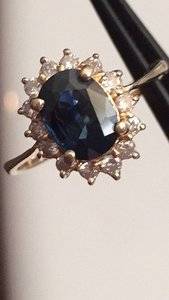
I have had this sapphire ring for 25ish years. Lately I've been louping it and notice a zone of color that I never noticed in face up viewing.
Here you can see a bit of the zoning.
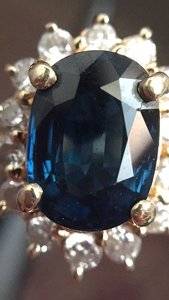
Easier to see The zoning thru the pavilion. Then some straight bands (not curved) are apparent in macro
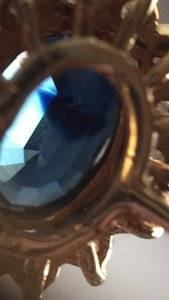


So then I wondered if i could determine if it was lab or heated. I was reading about fluorescence in sapphires and learned that at synthetic sapphires would fluoresce and heated ones would have chalky fluorescence. So out came my uv light to see it glow.


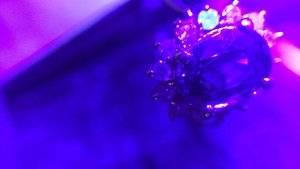 And it doesn't glow. Am I missing some obvious fluorescence or chalky fluorescence?
And it doesn't glow. Am I missing some obvious fluorescence or chalky fluorescence? What is the color blob? Could it be heated? Lab? Natural?

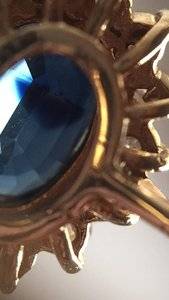



300x240.png)